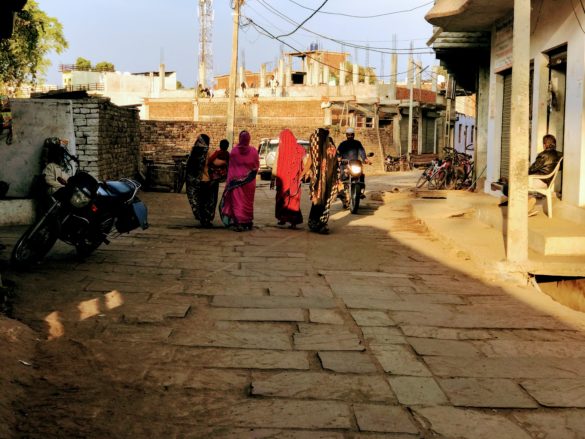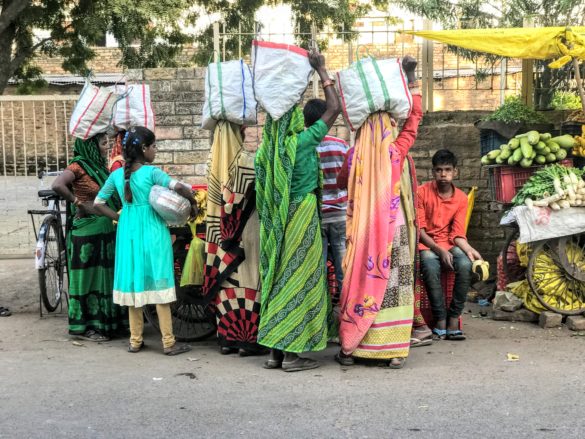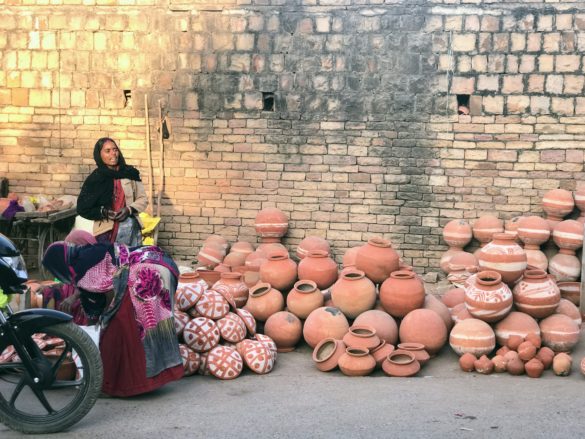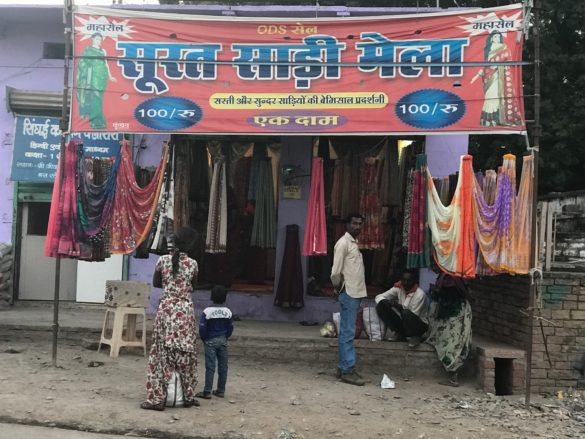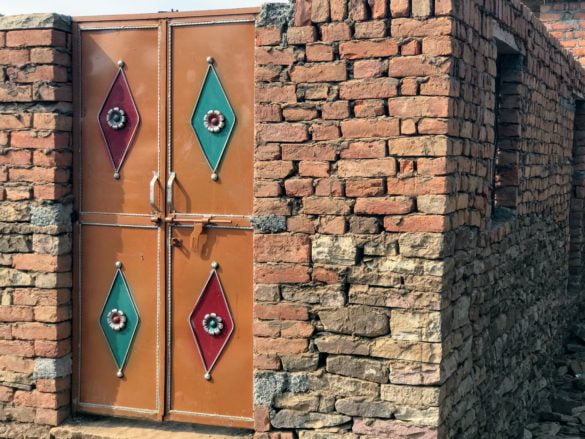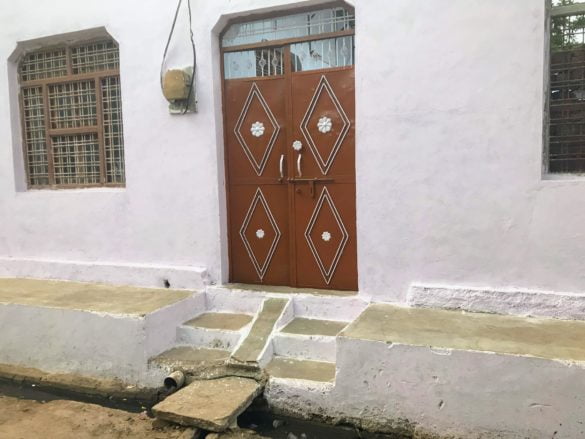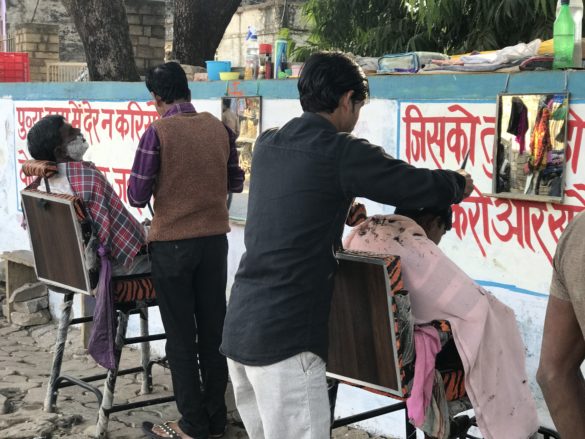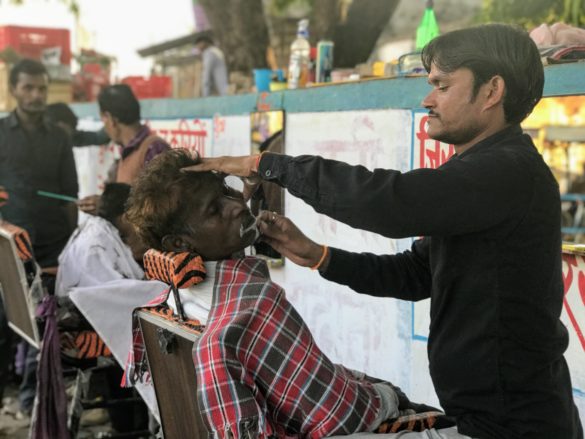Nobody in Chanderi Wears a Chanderi
By which I mean, nobody in Chanderi town wears a Chanderi saree.
I don’t know why I was surprised by this but I was.
You see, I had assumed that when you create an object of such beauty, you would want to try it on– like a chef sampling his cake. If you are a woman living in this quaint town and constantly see sarees of ethereal beauty, wouldn’t you want to own one? The answer is– as with artisans and craftspeople everywhere– a resounding No. They cannot afford their creations.
Many of the weavers are women. Yet, they don’t don their hometown’s home-grown weave. Rather they wear thin polyester sarees: easy to drape and maintain. No ironing needed, quickly washed and dried and best of all, ridiculously cheap. Rs. 100 for a saree. The cheapest Chanderi costs ten times that.
In the center of Chanderi town is the market. Dawn breaks at 6 a.m. and the market opens right away. Soon, there are crowds of people, women mostly. They bargain for vegetables: milky white and tender radishes, sparkling green spinach, piled up yellow and red tomatoes, and purple brinjals. Nearby are a line of other shops selling earthenware pots and wicker baskets. Everyone is bargaining in Hindi and gesticulating. A loudspeaker blares announcing sarees for sale: a saree for Rs. 100.
As the day goes back, the cacophony gets louder. Horns blare, motorbikes with young men riding three to a bike whiz by, tractors trundle past and cows stand in the middle of the road.
Prettiest of all are the doorways. Walk into a tiny alleyway and you will see them. Painted in bright hues, with diagonal designs, they add visual beauty to what is otherwise a nondescript town.
There are islands of calm. A barber in a corner of the street quietly pats, brushes, combs, and shaves men of all ages. They stare into the mirror or all around, luxuriating under his expert hands. quietly patting, brushing and to men who luxuriate under his blade, razor, shaving brush, and expertly patting palms.
I want this, I think.
“To care about weaving, to make weavings, is to be in touch with a long human tradition. We people have woven, first baskets and then cloth, for at least ten thousand years.”
―


